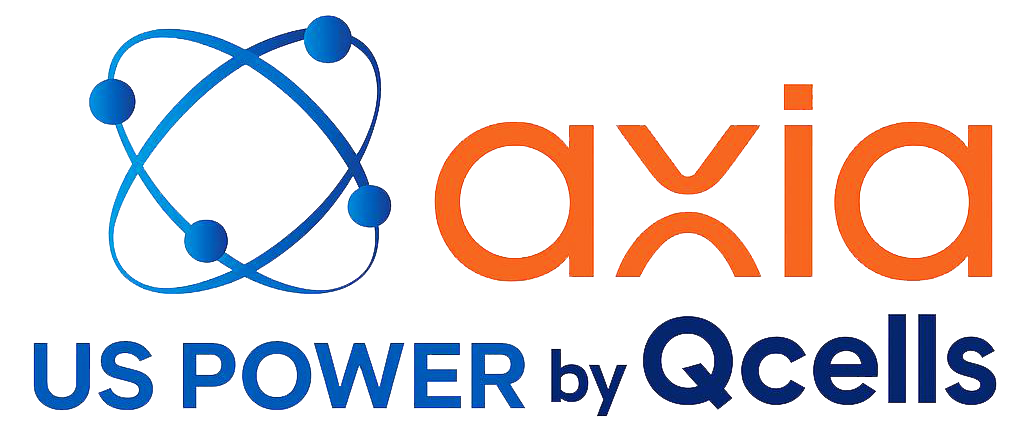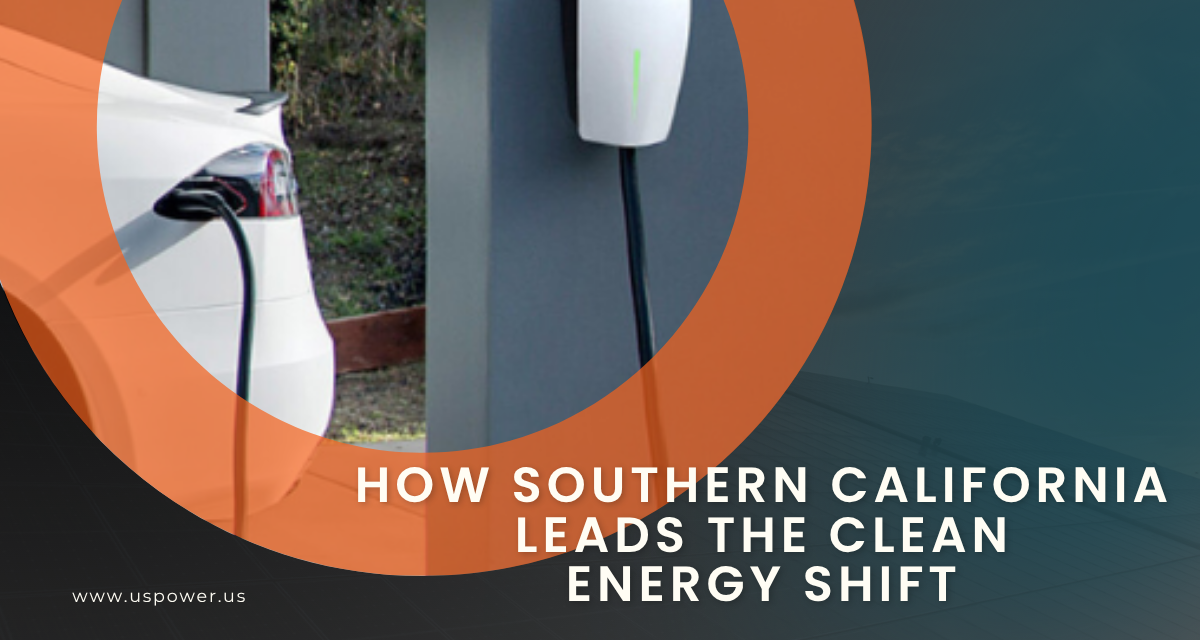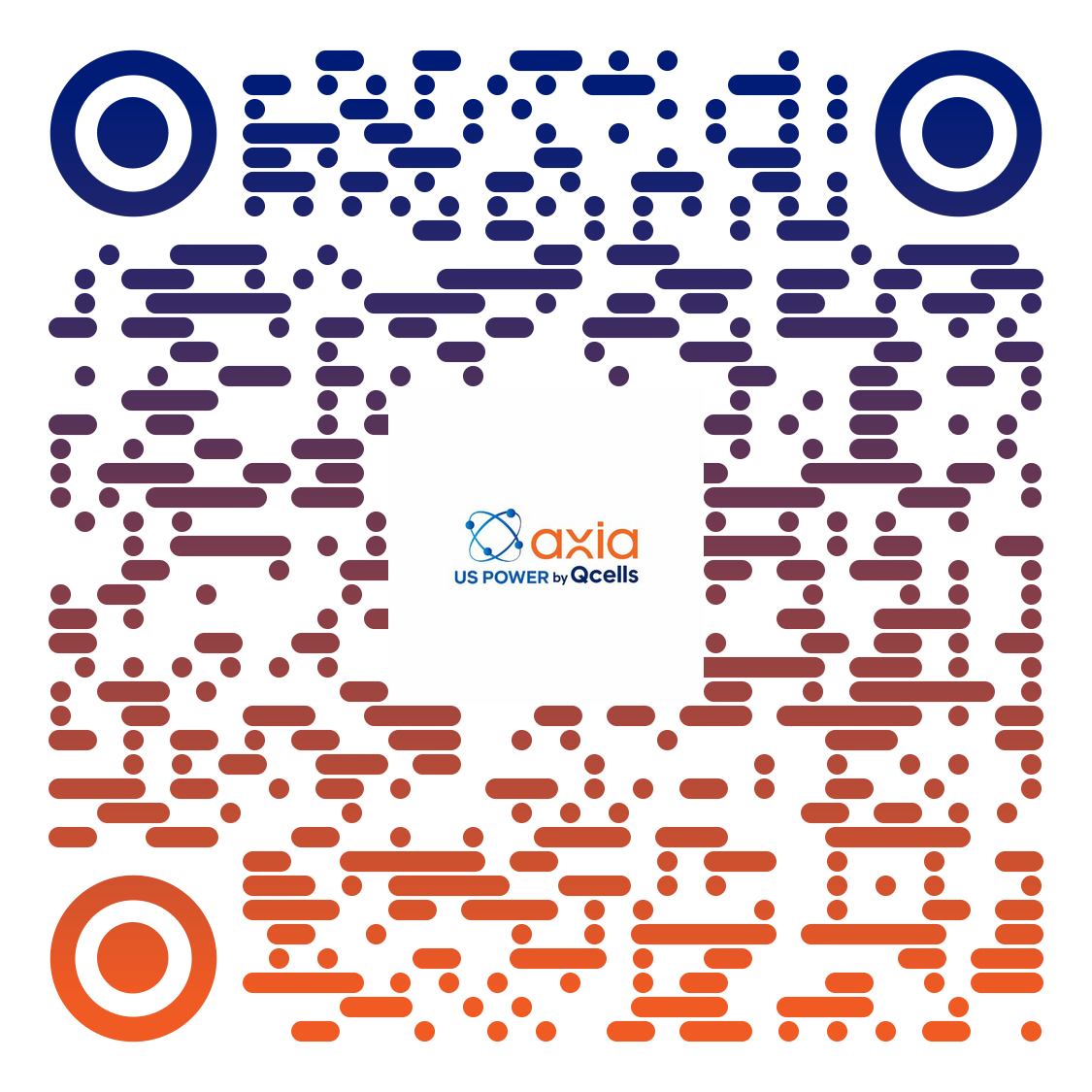Q.HOME CORE Might Be the Energy Storage Solution Your Home

Solar and Roofing Advisor
Qcells’ Q.HOME CORE offers 9-18 kWh, 95% efficiency, and strong warranties. Learn how it performs and what savings look like in CA with US Power.

As electricity rates rise, power reliability becomes more crucial, and incentives shrink, California homeowners are increasingly looking at home battery systems—not just solar panels—to round out their clean energy strategy. One standout system that has gained attention in recent months is the Q.HOME CORE from Qcells. It offers strong specs, solid design, and warranty promise.
Below we break down what the experts are saying about Q.HOME CORE, how it performs in California conditions, what its trade-offs are, and when it makes sense for your home.
What Is the Q.HOME CORE System?
Detailed expert review:
- Q.HOME CORE is a complete energy storage system by Qcells, which includes three main components: the Q.VOLT inverter, Q.SAVE battery modules, and Q.HOME HUB energy management.
- Usable storage options are 9, 13.5, or 18 kWh depending on how many battery modules (called Q.SAVE units) are installed.
- Max power output scales with size—ranges roughly from 5.5kW up to about 11.1kW for the biggest configuration.
- Efficiency is strong: round-trip efficiency of ~95%, which means minimal energy loss when charging and discharging.
Cost & Warranty — What You Pay and What You Get
Here’s how Q.HOME CORE stacks up on cost, durability, and guarantees:
- Installed cost in the U.S. runs between $10,500 and $18,300, depending on battery size and installer.
- Qcells includes a performance warranty: 70% capacity retention after 6,000 cycles or 12 years, whichever comes first.
- The entire system has a 12-year warranty (for battery and inverter), so you have long-term coverage.
How Q.HOME CORE Fits California Homes & Utility Rules
For California homeowners, there are several reasons this system could be especially attractive — and certain things to check before installing:
Pros for CA Homes
- Backup power & resilience — California faces outages, heat waves, and wildfire dangers; having storage gives you more control.
- TOU (Time of Use) rate benefits — With many utilities charging more during peak evening hours, storing solar power and drawing from that stored power during expensive hours helps reduce bills.
- Federal incentives — The Q.HOME CORE qualifies for the 30% federal solar/incentive tax credit, which helps offset part of the high upfront cost.
- Scalability — You can size the battery storage to your needs: smaller storage for evening backup or larger size if you want longer blackout coverage or more self-usage.
Things to Keep in Mind
- The power output of the system can handle light-to-medium loads during peak demand, but if you plan to run many large appliances (AC, electric ovens, EV chargers) during grid outages, you may need a larger or parallel battery setup.
- Even with incentives, the upfront cost is still high; evaluating payback period is important.
- Warranty is solid but 70% capacity retention means after 12 years, battery will hold 70% of original storage under normal usage cycles—so output will be lower than new.
Is Q.HOME CORE Right for You?
You might want Q.HOME CORE if:
- You already have solar or are planning to install solar panels and want to pair them with storage.
- Your utility has high TOU rates or high charges for exporting power (which favors self-consumption).
- You want resilience during outages or grid uncertainties.
- You want a clean, modular, well-designed system with a reputable brand behind it.
You might reconsider if:
- Your budget is tight and you need very long run-down periods.
- Your electricity usage is very high in evenings with big loads—then even larger storage or backup generators might be needed.
How US Power Helps Optimize Storage for California
When you work with US Power to install Q.HOME CORE (or similar systems), you get extra value:
- Designing system size and configuration to match your typical usage and grid-rate structure (so you reduce costly consumption from the grid).
- Ensuring battery backup for your critical loads (lights, fridge, etc.) during outages.
- Using U.S.-made Qcells panels and components where possible, so system performance and warranty support are maximized.
- Helping you understand available incentives (federal tax credits, California local rebates, net metering rules) so your financial outlook is clear.
Q.HOME CORE is not perfect—but for many California homeowners, its combination of solid performance, strong warranty, and modern design makes it a very attractive energy storage choice.
If you want to enjoy lower bills, more energy independence, and protection against rate hikes and outages, installing Q.HOME CORE with a quality solar + storage system can be a smart move.
Don’t wait until incentives change or utility rates rise further. Contact US Power today for a free analysis showing how Q.HOME CORE could work in your home — including sizing, cost after incentives, and expected payback in your area.
Artículos relacionados
Nuestros blogs relacionados
EV tax credit shifts could spark new growth for solar homes in Southern California.
EcoRecycle integrates recycling with U.S. solar panel production. Learn the benefits.
Solar drives half of U.S. power growth in 2025—see why California homes must act now.
Nuestros socios de marcas de energía solar y techos








Empoderamos a las comunidades y las empresas para que aprovechen las energías limpias y renovables energía solar soluciones que impulsan el crecimiento sostenible.
Derechos de autor © 2025 US POWER | Energía solar y techosUS Power - Axia by QCells. All Rights Reserved.
La privacidad es importante para nosotros, por lo que tiene la opción de deshabilitar ciertos tipos de almacenamiento que pueden no ser necesarios para el funcionamiento básico del sitio web. El bloqueo de categorías puede afectar a su experiencia en el sitio web.
Imprescindible
Estos elementos son necesarios para habilitar la funcionalidad básica del sitio web.
Personalización
Estos elementos permiten que el sitio web recuerde las elecciones que ha realizado (como el nombre de usuario, el idioma o la región en la que se encuentra) y proporcionan funciones mejoradas y más personales.
Mercadeo
Estos artículos se utilizan para ofrecer publicidad que sea más relevante para usted y sus intereses.
Analítica
Estos elementos ayudan al operador del sitio web a comprender cómo funciona su sitio web, cómo interactúan los visitantes con el sitio y si puede haber problemas técnicos.
Nosotros y nuestros socios externos utilizamos cookies y otras tecnologías para mejorar y rastrear su experiencia en este sitio, realizar análisis y personalizar el marketing para usted. Al usar el sitio, aceptas que usemos estas tecnologías, incluido el registro y el monitoreo de tus interacciones con el sitio.
¡Obtenga una estimación solar instantánea usando el satélite!











